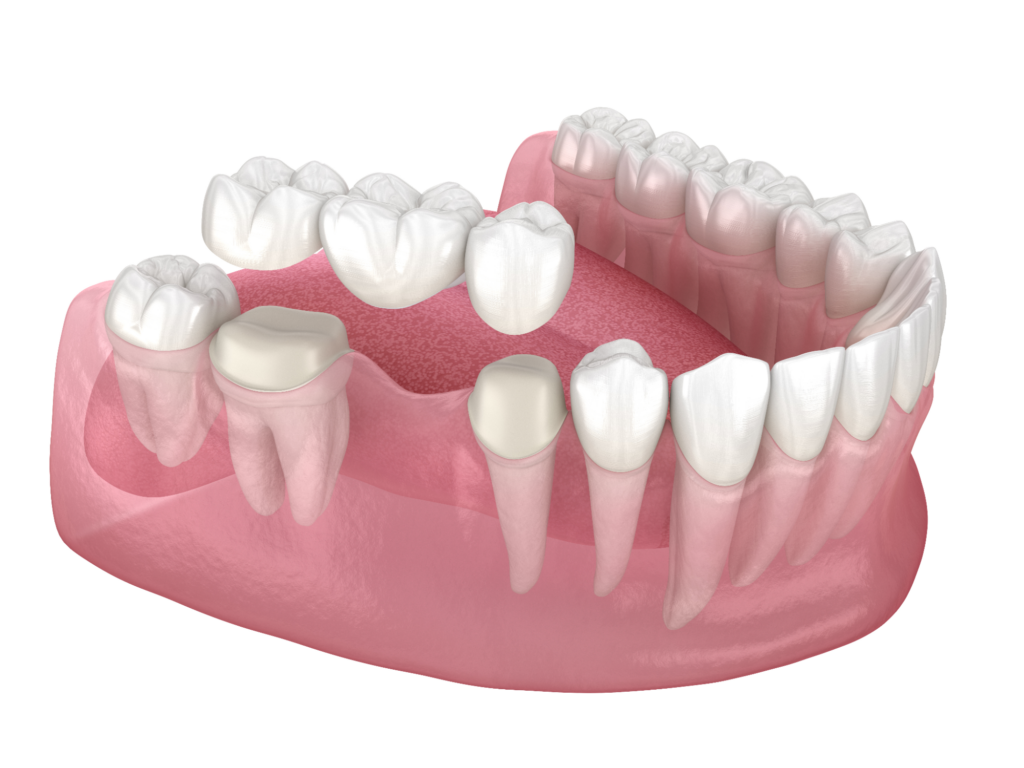Got a cavity? Not to worry, you’re not alone. Most Australians, some 89% in fact, have experienced dental decay. Even if going to the dentist isn’t your favourite extracurricular activity, it’s necessary for everyone.
Proper oral health is an essential element of overall health and fitness. Treating cavities with fillings is a routine operation performed by the dentist. If needed to treat your tooth issues, they are essential for dental health.
This article outlines the many types of fillings available, why fillings are necessary to cure dental cavities, what to expect during the treatment, and how long dental fillings endure.
In summary, your dentist will use a local anaesthetic to numb the region around the tooth before filling cavities. Following that, the dentist will frequently use different equipment, such as a drill or a laser, to remove the teeth’s decayed portions. Finally, after removing all of the degraded areas, they’ll prepare the space needed to be filled.
Here’s everything else you’ll need to know about cavities and how they’re treated and filled.
What are the different types of dental fillings?
- Dental amalgam, or silver fillings, uses a combination of metals but consists mainly of mercury. Metals used for fillings include copper, silver, titin, and zinc to create a firm, long-lasting filling for tooth repair. Although some patients are concerned about the mercury in silver fillings, amalgam fillings are considered safe for dental patients.
- Composite fillings are often the most utilised fillings for patients. Composite resins precisely match the colour of the treated tooth and are bonded to the tooth’s surface. Patients may prefer this option because less of the tooth structure is removed before the filling is added. Furthermore, composite fillings are durable and can last for many years.
- Ceramic fillings are made of porcelain and serve as another excellent alternative for long-term tooth repair. Patients frequently choose this option since the colour precisely matches the shade of the treated tooth. They are already firm when placed in the cavity, similar to porcelain veneers or crowns. Then, they are bonded and cemented into place.
- Glass Ionomer fillings use ceramic and glass components to bond to the teeth for a long-lasting restoration solution. Glass restorative technology is perfect for low-invasion dentistry. It chemically bonds the filling to the tooth without using a bonding agent.
Why do I need a filling to treat a dental cavity?
Fillings help prevent further tooth damage and treat tooth decay. In addition, they fill holes caused by cavities and help with the overall health of your teeth and gums. Fillings can also be used to restore broken, fractured, or worn teeth.
Tooth fillings assist dentists in repairing cavities so that they do not worsen into more significant dental issues in the future. Fillings can heal cracks and fractures in teeth and fill microscopic holes caused by tooth decay. If tooth decay is ignored or untreated, it can lead to further, more significant problems down the road.
What to anticipate after you get a cavity filled
Replacing decaying teeth with fillings is a straightforward in-office treatment that should take no longer than an hour. This is what to anticipate after the procedure is complete:
- You may have some residual numbness of the gums, teeth, or lips after leaving the dentist’s office. This is normal when the topical anaesthetic used to treat the cavity wears off.
- It is critical to avoid ingesting hot foods or beverages during this period. Be advised that the filled tooth may be sensitive to heat or cold for several days, if not weeks, following the treatment. This sensitivity usually resolves on its own.
- Follow your dentist’s after-care recommendations, including picking up any medicines or mouth rinses you may require.
- Although the procedure may cause a tiny bit of discomfort, it should not hurt! However, if you encounter any pain during or after cavity treatment, let your dentist know as they can help. Over-the-counter painkillers can be helpful after having a filling, but make sure to use them only as directed.
How long do fillings last?
Tooth restorations often last ten years or more. The exact time frame your fillings last depends on various factors, including what type of filling you have implemented, your daily and dietary habits, and your overall dental health.
Issues like teeth grinding or clenching can also shorten the lifespan of your fillings, so be wary of this as well. Because fillings seldom last a lifetime, having regular dental exams can help you identify when a filling may need to be changed.
Don’t Delay; Get That Tooth Filled Today!
Tooth restoration is a simple and effective way to prolong and ensure your dental health. Fillings are a standard procedure that utilises a variety of avenues, making it a personalised experience for each patient.
Having a healthy, gleaming smile is essential for a happy life. In certain circumstances, tooth discolouration might signal decay or other illness, so it is vital to have stains evaluated by a dentist. Getting a whiter, brighter smile is an affordable and accessible option.
Often our health and happiness radiate through our smiles. Safe and effective dental treatments can ensure your smile stays as dazzling as possible.
Feel the difference for yourself today.


